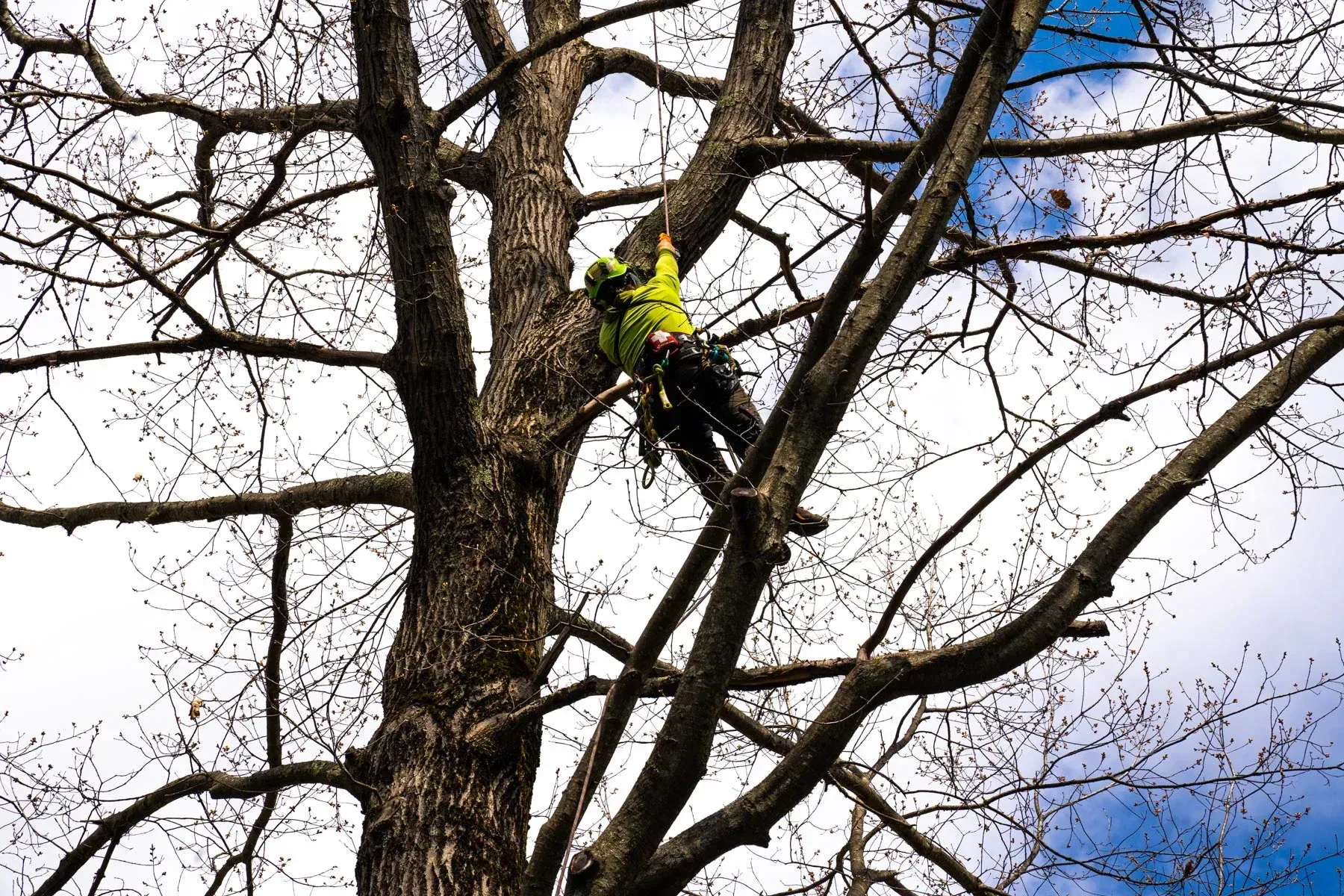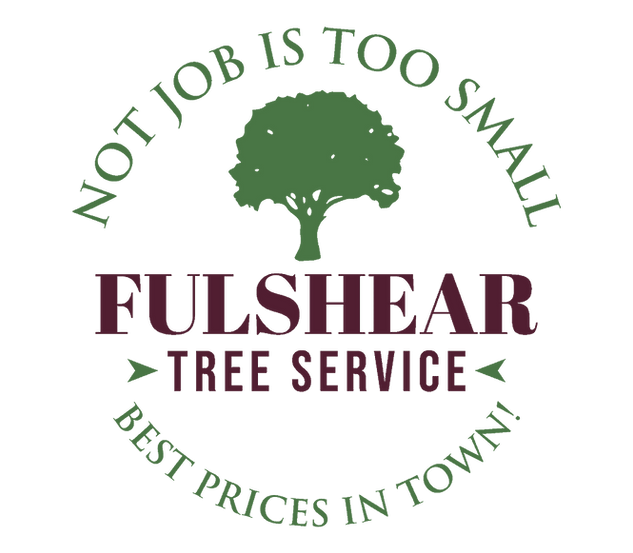Essential Guide to the Various Methods of Tree Pruning

Maintaining the health and beauty of your trees goes beyond regular watering and care—it involves understanding the various types of tree pruning. Pruning is an essential practice for ensuring that trees grow strong and remain visually appealing. This tree pruning guide will cover different methods, why they're important, and when to apply them.
Whether you're a gardening enthusiast or a property owner looking to improve your landscape, this guide will help you navigate tree pruning techniques with confidence
Why Pruning is Important
Pruning involves the careful removal of specific branches or stems to improve the overall health, structure, and aesthetic of the tree. The main benefits include:
- Promoting healthy growth
- Preventing potential hazards
- Enhancing the tree's shape and appearance
- Preventing disease or pest infestations
Understanding how and when to prune helps maintain your trees' long-term health and reduces the risk of future damage. Now, let’s dive into the different methods used in pruning.
Types of Tree Pruning
1. Crown Thinning
Crown thinning is the selective removal of branches to reduce the density of the tree's canopy. This method allows more light to penetrate through the branches and improves airflow. Thinning is especially important for larger trees with dense foliage, as it reduces the risk of broken branches during storms or strong winds.
- Why it's important: By reducing the tree's wind resistance, crown thinning minimizes the chance of damage during severe weather. It also promotes healthier growth by allowing light and air to reach the inner branches.
- Best time to prune: Typically done during the tree’s dormant season, either late winter or early spring.
2. Crown Raising
Crown raising involves removing the lower branches of the tree to provide clearance. This is particularly useful when branches are obstructing pathways, driveways, or other structures. It’s a common practice for trees that are growing close to sidewalks or roadways.
- Why it's important: This method helps prevent branches from becoming a hazard while also ensuring the tree maintains a balanced appearance.
- Best time to prune: Early spring is often ideal, but it can be done as needed depending on the tree's growth.
3. Crown Reduction
Crown reduction is the process of reducing the size of the tree’s canopy. Unlike thinning, this method reduces the tree’s height and width, which is often necessary for trees that are growing too close to power lines or buildings.
- Why it's important: Crown reduction can prevent property damage and safety hazards. It also helps improve the tree's shape and ensures even growth across all areas.
- Best time to prune: Early spring or late fall are ideal times for crown reduction.
4. Deadwood Pruning
Deadwood pruning is the removal of dead or dying branches. This is one of the most critical types of pruning, as it prevents disease and decay from spreading to the healthy parts of the tree. It also reduces the risk of falling branches, which can be hazardous.
- Why it's important: Deadwood pruning helps maintain the overall health of the tree and improves its structural integrity. Removing dead branches also improves the tree's appearance.
- Best time to prune: Deadwood can be removed at any time, as it doesn’t depend on the tree's growth cycle.
5. Pollarding
Pollarding is a more intensive form of pruning, where the tree is cut back severely to promote new growth. This method is often used for trees in urban settings where space is limited. While it may seem drastic, pollarding can extend the life of the tree and create a more controlled growth pattern.
- Why it's important: This method controls the size and shape of the tree, making it ideal for trees in confined spaces.
- Best time to prune: Late winter to early spring, before the tree enters its growing season.
6. Espalier Pruning
Espalier pruning is a unique technique used primarily for fruit trees, where the branches are trained to grow in a flat, two-dimensional pattern. This method allows for efficient use of space, making it perfect for small gardens or areas where you want to maximize sunlight exposure.
- Why it's important: Espalier pruning improves fruit production by ensuring every part of the tree receives ample sunlight and airflow.
- Best time to prune: This is an ongoing process, but heavy pruning is typically done in the dormant season.
Guide to Trimming Trees
When trimming trees, it’s important to follow proper procedures to avoid damaging the tree. Here are a few tips from our tree pruning guide:
- Use the right tools: Always use sharp, clean pruning shears, saws, and loppers. Dull tools can tear the bark and create wounds that invite disease.
- Prune at the right time: As mentioned, timing is critical depending on the method of pruning. Most trees benefit from being pruned during their dormant season.
- Avoid over-pruning: Removing too much foliage at once can shock the tree and stunt its growth.
- Target problem branches: Always prioritize removing dead, diseased, or crossing branches that can cause long-term damage.
When Should You Call a Professional?
While some pruning tasks can be done by homeowners, larger or more complex jobs should be left to professionals. Pruning large trees, especially those close to structures or power lines, requires specialized knowledge and equipment to avoid injury and damage. If you're unsure about the best way to prune your tree, contact a certified arborist or tree care specialist.
- Why it matters: Professionals can assess the health and structure of your trees and determine the most appropriate pruning method. They also have the expertise to handle difficult pruning tasks safely.
Common Pruning Mistakes to Avoid
- Topping a tree: Topping is when large branches are cut back indiscriminately, which can severely harm the tree.
- Cutting too close to the trunk: Make clean cuts at a slight angle, away from the branch collar, to promote faster healing.
- Over-pruning young trees: Avoid heavy pruning in the early stages of growth; it can stunt the tree’s development.
Conclusion
Understanding the different types of tree pruning is essential for maintaining the health, safety, and beauty of your trees. Whether you need to thin the canopy, raise the crown, or remove deadwood, each pruning method serves a specific purpose in keeping your trees thriving. By following this guide to trimming trees, you can ensure that your landscape remains beautiful and well-maintained year-round.
For more information on how to care for your trees or to schedule professional pruning services, contact
Fulshear Tree Service at
(832) 720-3302.
Let’s talk!
We also offer 15% off to new customers, veterans and first responders. Speak with a team member today to see how we can help.
Contact Details
Phone: (832) 720-3302
Our Location: Rosenberg, TX 77471, United States of America
Email: ocanaslawnservice@gmail.com

